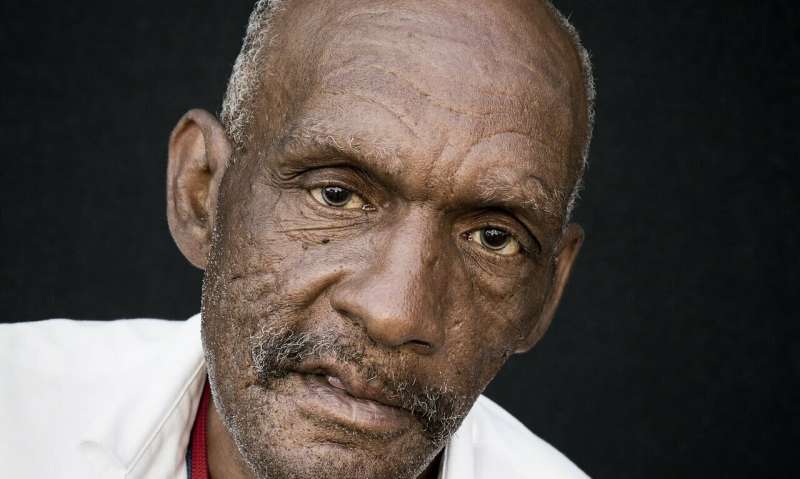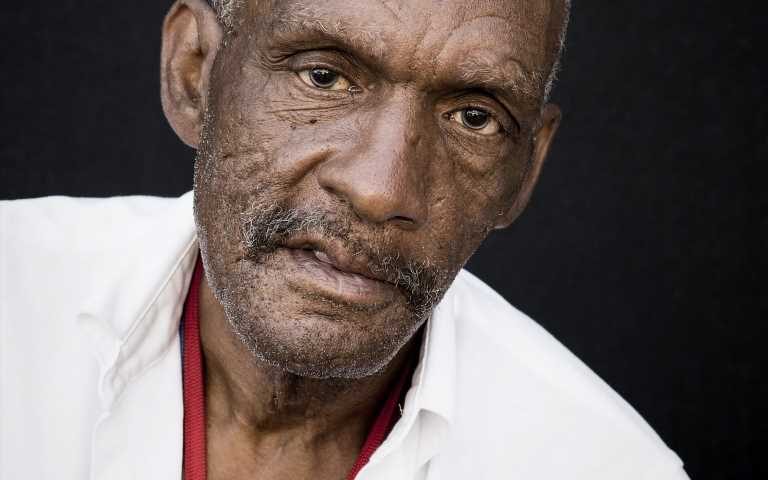
Older Black adults are three times more likely to die of air pollution than older white adults, according to a new study.
The findings are part of a data analysis released this month by Industrial Economics, a consulting group commissioned by the Environmental Defense Fund.
Researchers analyzed Environmental Protection Agency and U.S. census data, health and mortality statistics of Medicare recipients, as well as findings from peer-reviewed studies on older adults’ exposure to air pollutants, to determine who is most at risk and by how much.
They found rates among people of color disproportionate to their share of the U.S. elder population, 65 and older. Experts said the findings underscore the inequitable, life-threatening effects of air pollution and industry placement, as well as disproportionate, widely documented long-term public health dangers of pollutants.
“This shines a light on the cumulative impact of historic discriminatory policies where a lot of large African American (or) Black populations live,” said EDF senior health scientist Ananya Roy, a professor of urban planning, social welfare and geography at the University of California, Los Angeles.
Researchers studied fine particulate matter—pollutants 2.5 micrometers in size—that can be inhaled and penetrate the lungs and blood. These airborne pollutants are a complex mixture of tiny particles that can be made up of carbon, dust, acids and metals.
About 670 per 100,000 older Black people died of air-pollution-related health conditions, a rate threefold that of white Americans, according to the analysis. The rate for white Americans was 210, per 100,000; older Hispanic adults had a death rate of 260; Native Americans’ death rate was 200. In general, people in poverty have a 30% higher risk of death.
Black older adults made up a quarter of roughly 110,000 deaths tied to air pollution in 2015. “The burden borne by Black Americans per capita is really, really disproportionate,” said Roy, who directs UCLA’s Luskin Institute on Inequality and Democracy.
Elders are vulnerable to disease. Adding environmental health risks from historic neglect, exposure to pollutants and a lack of health resources, as seen during the COVID-19 pandemic, creates a storm of concern, said Arianne Teherani, a University of California, San Francisco, School of Medicine professor.
“There is this hugely big climate gap,” Teherani said. “Environmental exposures have traditionally not received a lot of recognition and a lot of funding. And that has been an ongoing issue for decades.”
Public health experts have long known that air pollution is associated with health conditions, including cardiovascular and respiratory illnesses, and that communities of color face disproportionate exposure.
The EPA’s national air quality standard for fine particulate matter is 12 micrograms per cubic meter. The agency is reviewing the standard and is likely to propose an update this summer. The study estimated that lowering the standard to 10 micrograms would prevent 4,800 deaths, and a standard of 8 micrograms would prevent more than 19,000 deaths.
“The results of this study really show a lifetime of burden and a lifetime of disproportionate exposure that ends in an untimely death,” said Diana Hernandez, associate professor of sociomedical sciences at Columbia University’s Mailman School of Public Health. “To me, this report is a little bit of a clarion call and saying, ‘Hey, we can’t continue to ignore this important sub-population.'”
Hernandez thought of her own sick relatives in the South Bronx of New York City. She grew up in Mott Haven beside a highway and has family who still live there.
“Thinking about these air pollution exposures—what does that mean for my own mother’s lifespan? And nobody wants to think about that,” she said. It’s “really systemic, because I know that there are some people that never have to contend with those with those considerations.”
Hernandez said unequal distribution of air quality improvement contributes to community neglect.
Source: Read Full Article
